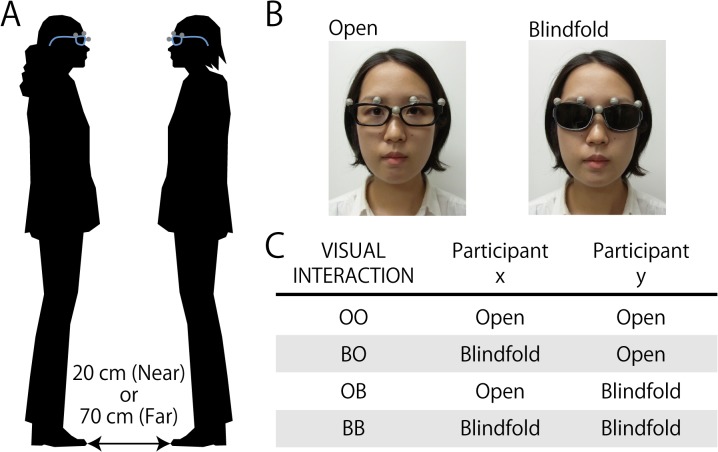Fig 1. Test conditions for behavioral experiment.
(A) In the behavioral experiment, pairs of female participants were instructed to stand upright, in silence, facing each other at a toe-to-toe distance of 20 cm (Near) or 70 cm (Far), with their vision enabled (Open) or blocked (Blindfold). (B) Participants wore examiner-provided glasses with no lenses for the Open condition (left panel) or opaque lenses for the Blindfold condition (right panel). Glasses were equipped with a motion capture system (5 gray markers) so that on-going changes in participants’ head position (i.e., postural sway) were recorded while the task illustrated in (A) was performed. (C) Paired participants (x, y) carried out the task illustrated in (A) with four VISUAL INTERACTION conditions for each DISTANCE condition (Near, Far) (not shown here; see (A)): Open-Open (OO), Blindfold-Open (BO), Open-Blindfold (OB), and Blindfold-Blindfold (BB).

